Tuckpointing vs. Repointing: Restore & Strengthen Brickwork
In masonry, two important techniques maintain and restore the charm and stability of brick structures: tuckpointing and repointing.
6 min read
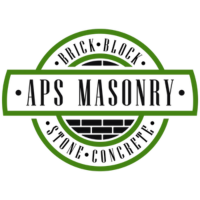 Alec Serowatka
:
Nov 25, 2023 10:29:54 AM
Alec Serowatka
:
Nov 25, 2023 10:29:54 AM
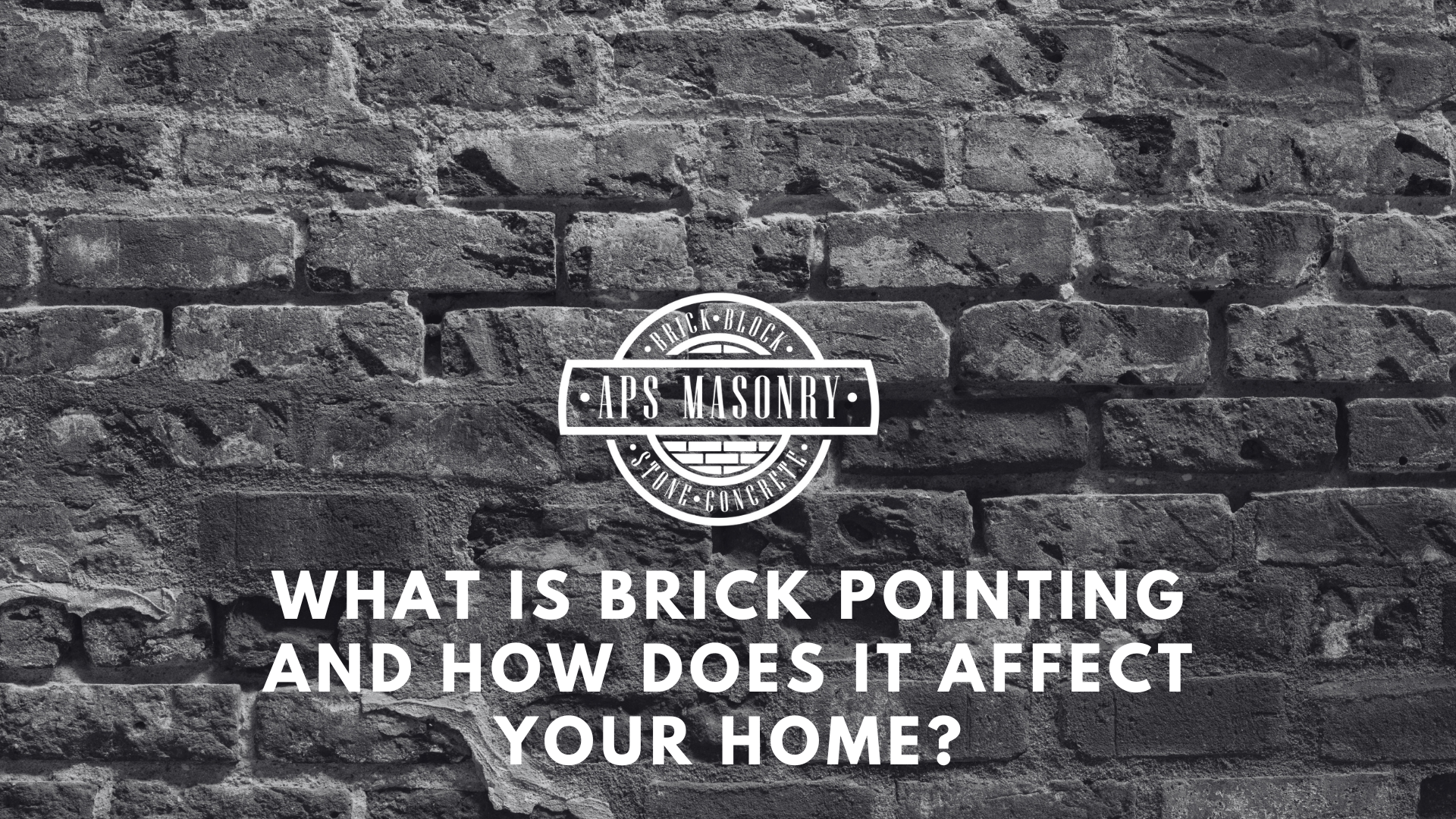
Brick-pointing is very important for maintaining the structural integrity and beauty of your home. This process involves repairing and filling the mortar joints between bricks or stones, ensuring your home remains sturdy and visually appealing. Over time, mortar can deteriorate due to weathering, moisture, and aging, which can lead to serious issues like water damage and structural instability.
Regular inspection and timely repointing can prevent these problems, saving you from costly repairs down the line. Whether it's a minor touch-up or a major restoration, trust the expertise of professional masons to ensure a long-lasting and high-quality result.
Brick pointing, the process of completing mortar joints between bricks or stones, plays a key role in sustaining these structures' structural stability and aesthetic appeal. Repointing requires the removal of deteriorated mortar from the joints of a masonry wall. Fresh mortar is then packed into the joints to reinforce them. This process increases the structural integrity and improves the visual appeal of brick or stone structures, especially when cement mortar is used.
When the root cause of the issue is uncertain, or masonry cement is used for repointing, bringing in the services of a professional builder becomes advisable, as this requires the upper edge pressed inside to be properly aligned with the face.
Pointing, the process of filling the spaces between bricks or stones known as brick joints, augments the aesthetic appeal and weather resistance of brick and stone structures. Various structures, from residential and commercial buildings to masonry constructions like brick or stone walls, require this process. By restoring the mortar joints between bricks or stones, pointing improves the appearance of these structures, giving them a neat and tidy outline and providing a refreshed and well-maintained look.
Beyond its aesthetic role, pointing protects the structural integrity of a building by warding off water penetration and the associated damage caused by eroded mortar. This double purpose highlights the importance of regular inspection and maintenance of brick and stone structures to ensure their longevity and visual appeal.
Mortar joints come in various forms, each with its unique characteristics and appearance. One common type is flush pointing, where the mortar is neatly trimmed and smoothed with a straight edge, creating a clean and uniform surface. Recessed pointing, on the other hand, involves setting the mortar back 5mm or more from the edges and keeping the face of the pointing vertical.
Tuck pointing is another technique in which mortar is initially pressed into the raked joint and finished flush with the face. While the pressed mortar is still wet, a groove or narrow channel of 5mm width and 3mm depth is cut in the center of the groove, then filled with white cement putty, projecting beyond the face of the joint by 3 mm.
Other types of mortar joints include:
Each type offers a unique appearance and functionality in brick or stone structures.
.jpg?width=521&height=293&name=APS%20M%20Template%20(18).jpg)
Repointing is a careful process that involves the following steps:
Repointing commences with the identification of any signs of mortar deterioration, including:
Once the need for repointing is established, it’s crucial to gather the necessary tools and materials, such as a pointing trowel, and ensure the mortar mix is of the appropriate type and consistency for the project.
For a cohesive and aesthetically pleasing result, selecting compatible materials and colors is imperative during repointing. This is achieved by:
To determine the appropriate color of mortar for brick repointing, consider the existing mortar color, the type of sand and cement used, and the color of the sand. Wetting the mixture and comparing it to the existing mortar color may also help find the color.
A successful repointing project hinges on the use of appropriate tools and techniques. Some common mistakes to avoid include:
Using a mortar hawk, for example, helps make a strong connection with the existing interior mortar and a smooth application process.
You can prevent potential complications and hazards by employing the correct tools and techniques, guaranteeing a long-lasting and high-quality result.
Determining when your home needs repointing requires regular inspection and proactive maintenance. The typical lifespan of mortar joints in brick walls is approximately 25 years, but this is affected by various factors, such as:
By being mindful of these factors and conducting regular assessments, you can identify when your home needs repointing and prevent further damage to your property.
On average, mortar has a lifespan of 25 years. However, this is influenced by factors such as:
Certain types of mortar, such as cement-lime mortar and Type O mortar, are known to be more durable and are often used in older buildings and for historical preservation. By being aware of the factors that affect the lifespan of mortar and choosing the appropriate materials, you can help prolong the life of your brick or stone structures.
Neglecting the repointing process leads to dire consequences for your home, including moisture damage, structural issues, and costly repairs. Structural damage in brickwork that requires repointing is caused by excessive water damage, moisture penetration, and the use of incorrect or hard mortars. Failing to address these issues on time can not only result in expensive repairs, such as flaking brick walls, cracks, holes, eroding mortar, and facade repairs but can also compromise the safety and value of your property.
Hence, regular home inspections and timely action when repointing is required are of utmost importance.
Tuckpointing and repointing, two distinct methods for preserving brick structures, serve unique purposes and applications. While repoint brick focuses on repairing deteriorated mortar joints, tuckpointing involves color coordination and the insertion of thin lines of putty in a contrasting hue to the mortar joints for visual appeal.
In contrast, repointing is essential for reinforcing structural stability and averting moisture damage in brick or stone structures. Understanding the differences between these two methods help you determine the best course of action for maintaining your home’s brickwork.
Tuckpointing is typically preferred over repointing in the following situations:
This method is particularly useful in cases where the structure's appearance is of utmost importance, and a polished contrast between the bricks and mortar is desired.
Repointing is more advantageous than tuckpointing when only certain elements require repointing, as original mortar joints are preferable to repointed joints. This method is necessary when restoring structural integrity and preventing moisture damage in brick or stone structures rather than solely enhancing their visual appeal.
If undertaking a DIY repointing project is on your mind, safety should be prioritized, and proper techniques must be followed to ensure success. Here are some safety tips to keep in mind:
Before starting a DIY repointing project, follow these steps:
Although DIY repointing might be a rewarding and cost-effective solution for some homeowners, labor-intensive or high-up repointing projects warrant the expertise of professional brick masons. Their expertise and access to specialized equipment, such as scaffolding, guarantees a long-lasting and high-quality result.
Additionally, professionals possess the necessary qualifications and experience to address potential hazards and complications that may arise during the repointing process.
In conclusion, brick pointing is essential to maintaining the structural integrity and visual appeal of brick and stone structures. Regular inspection and proactive maintenance help identify when your home needs repointing, ensuring its longevity and beauty. Whether you undertake a DIY repointing project or call in a professional brick mason, understanding the purpose, techniques, and materials involved in this process is crucial for preserving the value and safety of your property.
Brick pointing is the practice of repairing and replacing deteriorated mortar joints between bricks to maintain a building's weight distribution. Cracked or missing mortar must be replaced with fresh mortar of the same composition.
Repointing brick is necessary to avoid erosion and further damage from moisture leakage. Failure to do so may result in an even more expensive project.
Tuckpointing and brick pointing both involve repairing damaged mortar joints on brickwork, but tuckpointing involves adding a different colored mortar to create an attractive highlight, whereas repointing simply repairs existing mortar joints.
For brick pointing, use a mortar mix of 1 part Portland cement, 1 part lime, and 512 parts sand to ensure optimal conditions in normal weather.
Pointing is a gesture specifying a direction, typically formed by extending the arm and index finger. Building maintenance involves repairing mortar joints between bricks or other masonry elements by removing old mortar and replacing it with fresh mortar of the same composition as the original.
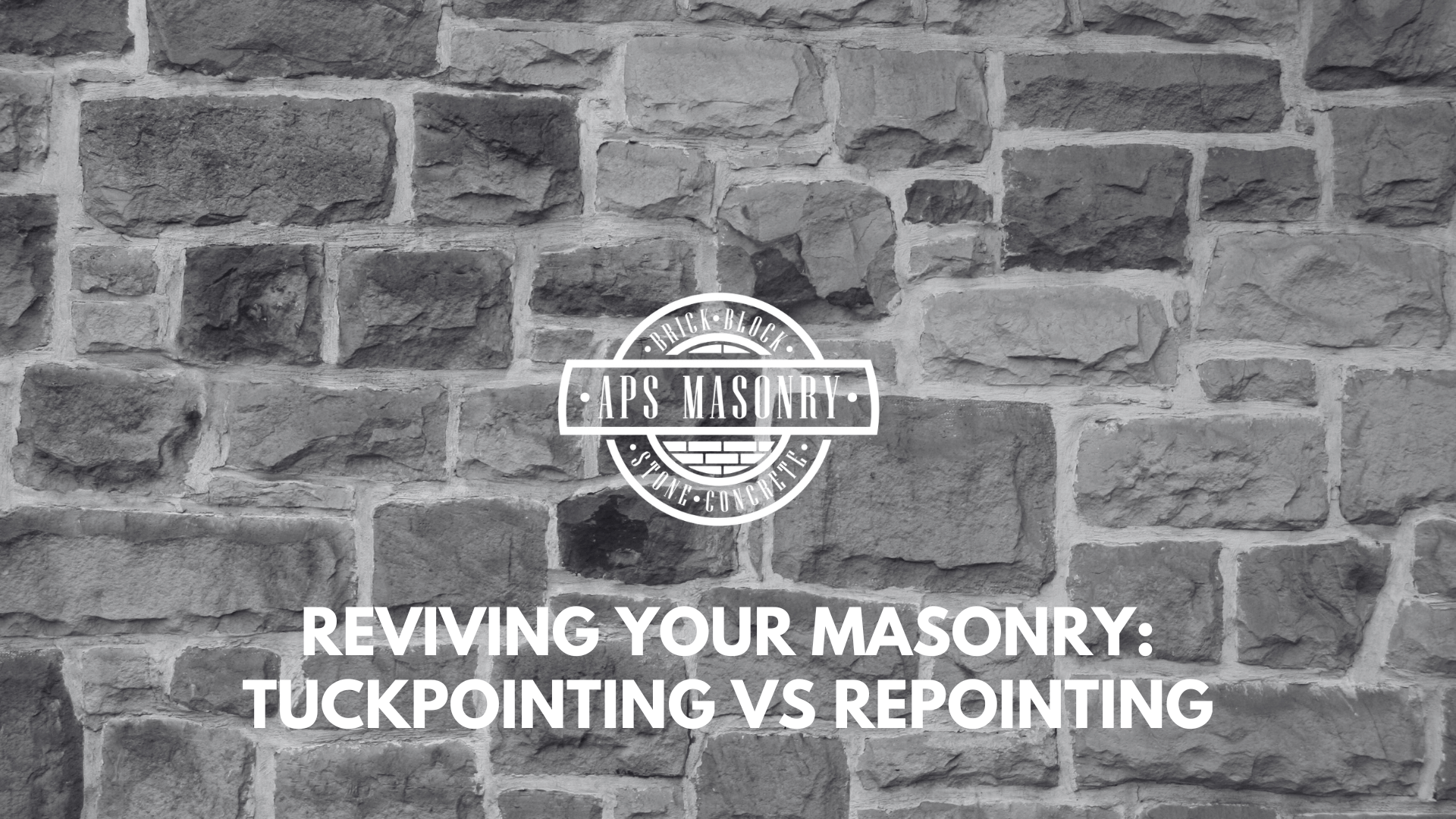
In masonry, two important techniques maintain and restore the charm and stability of brick structures: tuckpointing and repointing.
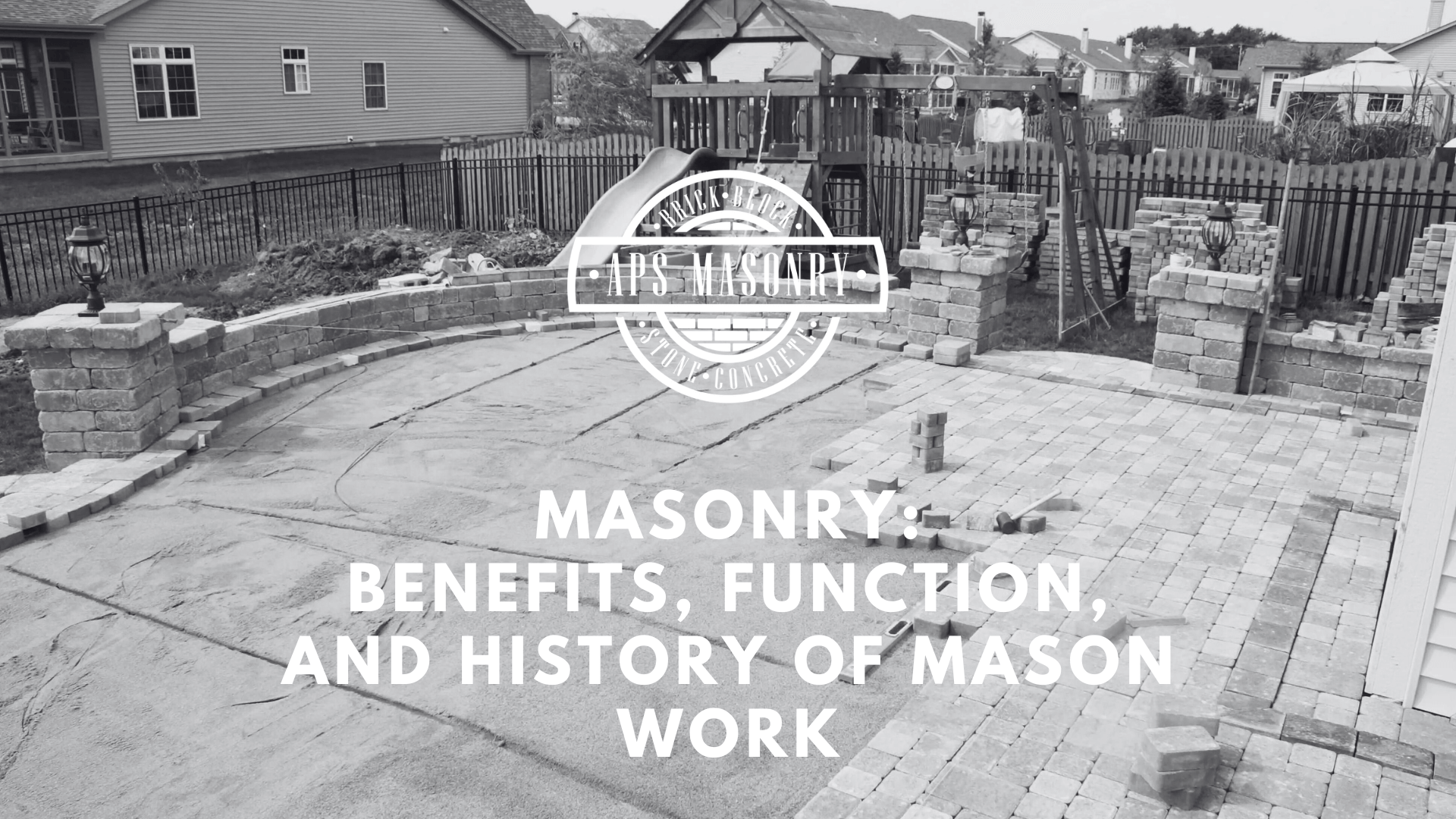
Masonry offers many benefits, such as durability, fire resistance, and energy efficiency. Enhances property value and provides excellent insulation,...
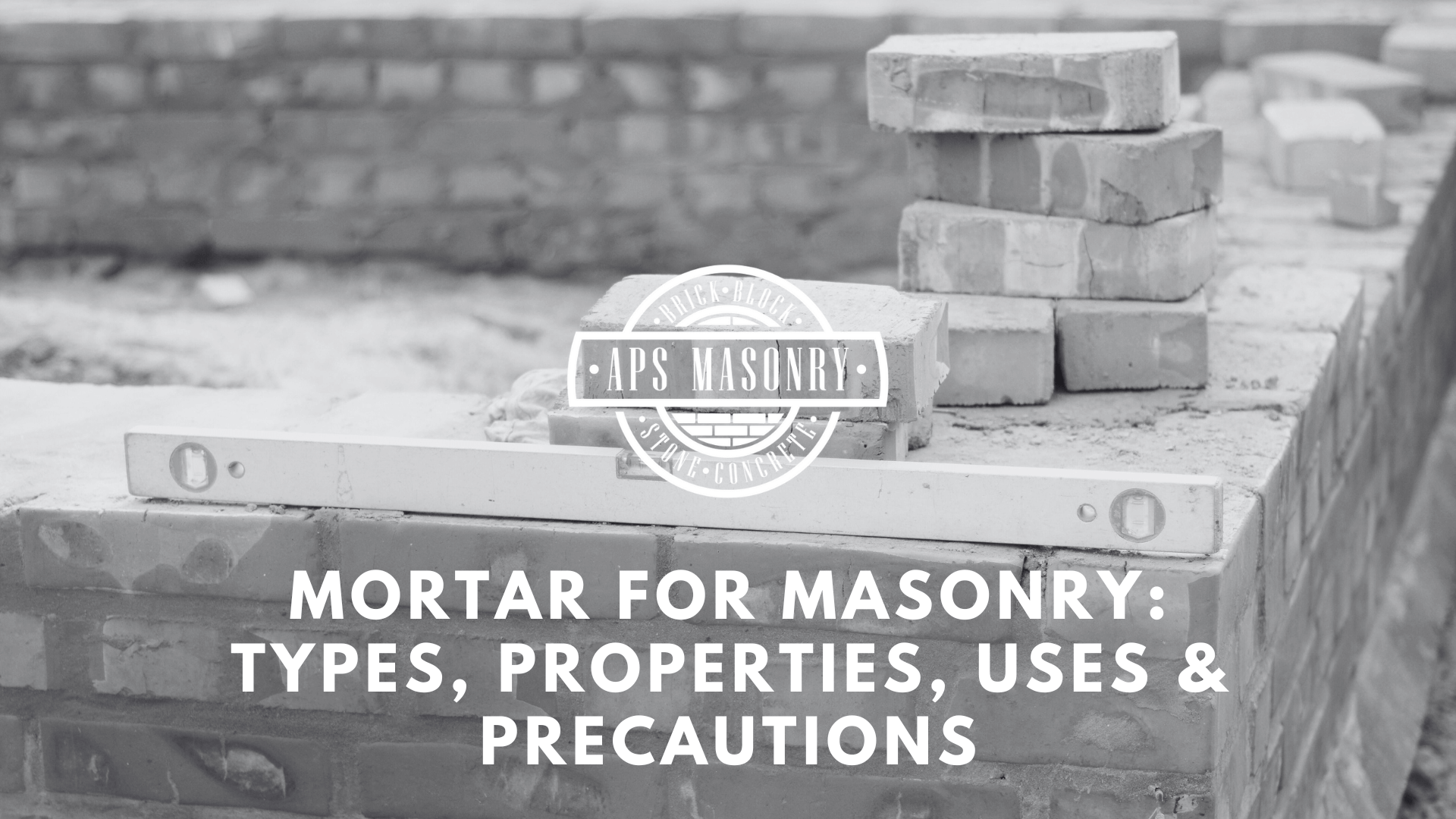
Mortar is a necessary building material that helps stick bricks, stones, or concrete blocks together to form sturdy structures. There are different...